China’s financing and investment spread across 61 BRI countries in 2023 (up...
2024-02-27 31 英文报告下载
Initially, responses to the COVID-19 outbreaks in Asia varied considerably across economies. Eventually, everyone had imposed restrictions on international travelers – either outright bans or lengthy quarantine and monitoring requirements – but these took many weeks to implement in some places. Most countries, but not all, closed schools quickly; places of worship were encouraged, if not forced, to cease public worship in most places; and large group meetings and events were likewise discouraged. But most of China, Hong Kong, Japan, South Korea and Taiwan were not ‘locked down’ as has been attempted everywhere else. Indeed, it is easier to list the economies that haven't been locked down to some extent – Hong Kong, Japan, South Korea, Sweden, and Taiwan most notably – than to list the countries that have. But lockdown means different things in different contexts. Many emerging market governments have opted for something much less than a total lockdown of their populations – the economic cost being deemed too great. Even Japan's state of emergency doesn't force businesses to close. In Europe, there has been a more consistent pattern of response: Italy’s lockdown was soon followed by most other countries with all but essential manufacturing and services being closed and people encouraged if not compelled to remain home.
The UK, which initially attempted for a ‘mitigation’ strategy rather than containment, was compelled to shift tactics and implement a lockdown after the evidence showed that their strategy would soon overwhelm their hospitals. But "lockdown" means different things and are enforced to different degrees across countries. As we have argued before, what matters is changing people's behavior in a way that reduces social contact and the risk of infection. Like many others, we think the Google Community Mobility data offer intriguing insights into actual social distancing practices as opposed to policies. We plot the index of time spent at home in Figure 41 in Annex I at the end of the report. The more time people spend at home relative to the baseline period (which unfortunately included the outbreak in Wuhan, which had already begun to affect behavior in North Asia) the more, we infer, people are taking social distancing seriously. We think the data offer a few interesting observations.

标签: 英文报告下载
相关文章
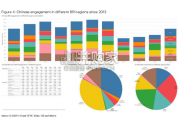
China’s financing and investment spread across 61 BRI countries in 2023 (up...
2024-02-27 31 英文报告下载
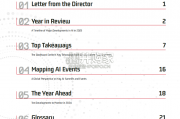
Though the risk of AI leading to catastrophe or human extinction had...
2024-02-26 52 英文报告下载
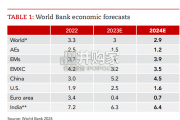
Focusing on the prospects for 2024, global growth is likely to come i...
2024-02-21 96 英文报告下载
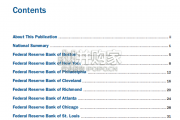
Economic activity declined slightly on average, employment was roughly flat...
2024-02-07 67 英文报告下载
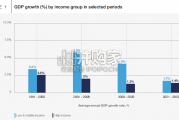
Economic growth can be defned as an increase in the quantity or quali...
2024-02-06 82 英文报告下载
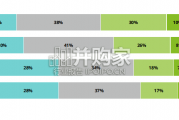
In this initial quarterly survey, 41% of leaders reported their organizatio...
2024-02-05 66 英文报告下载
最新留言